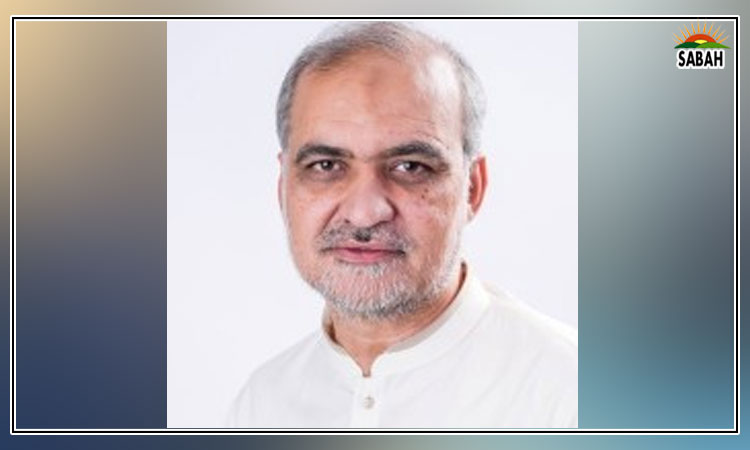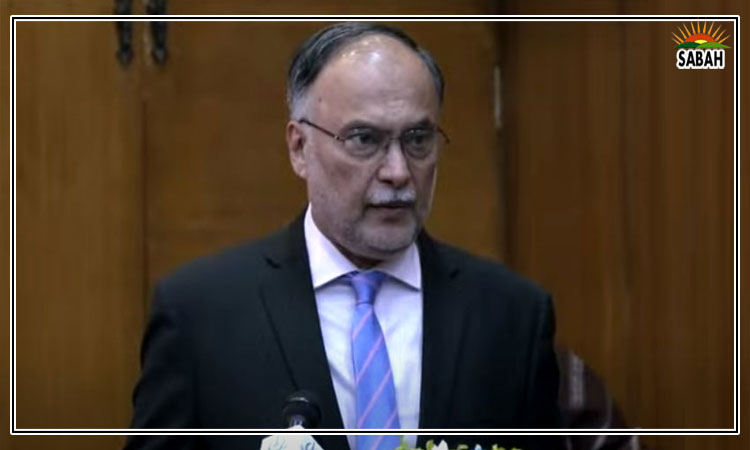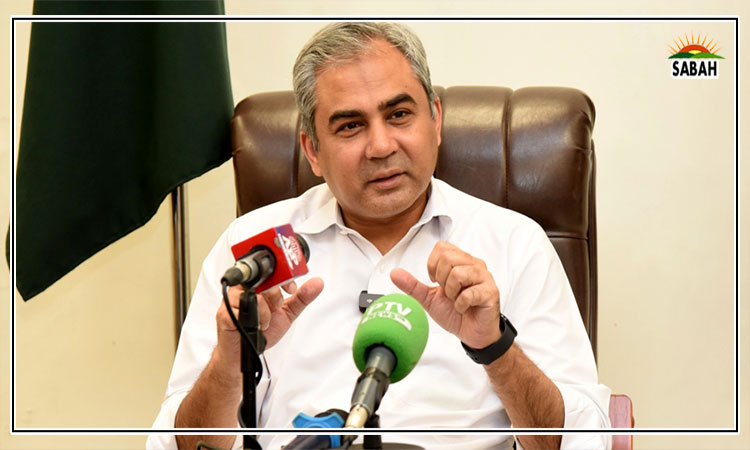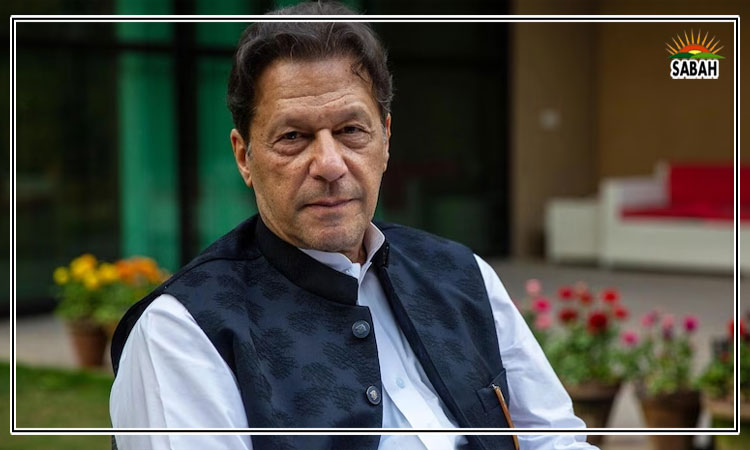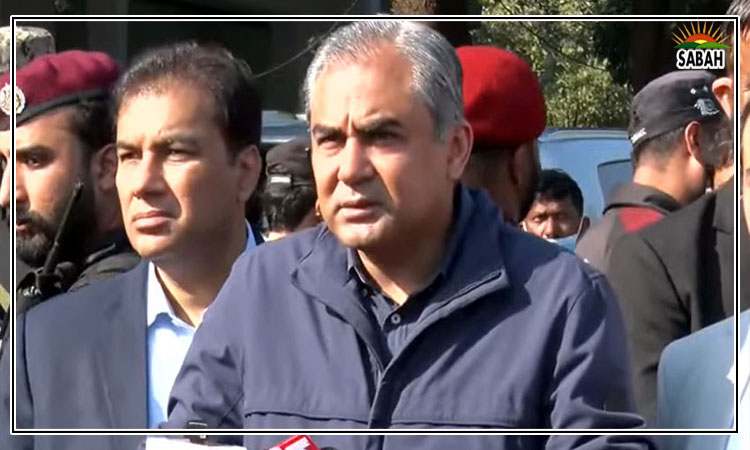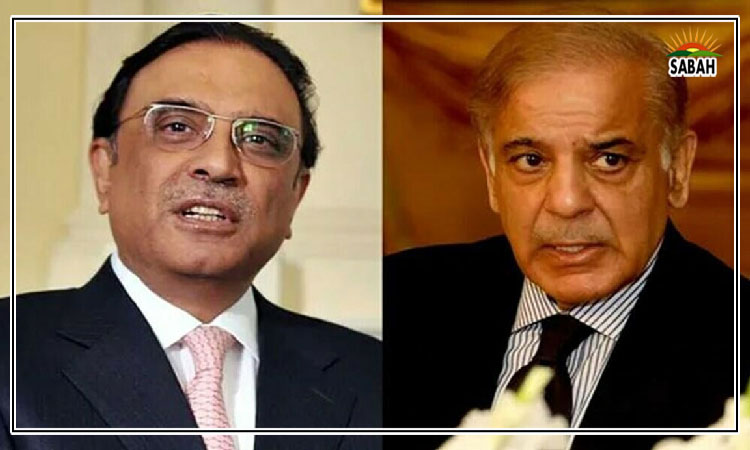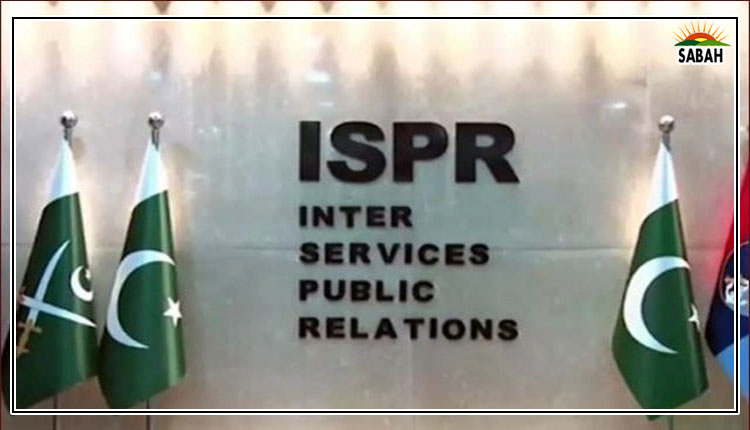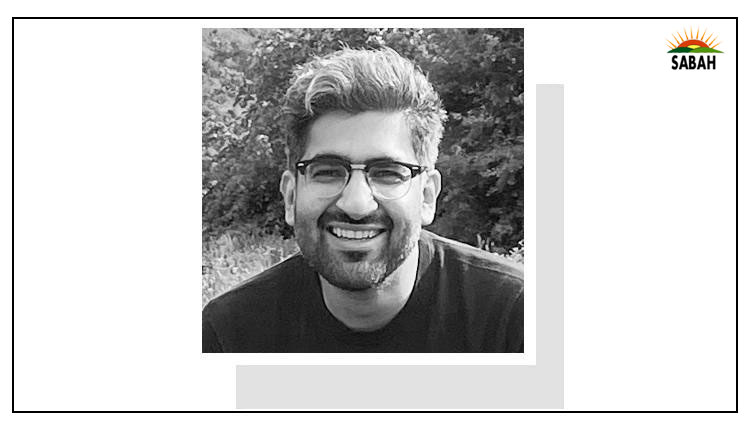Regressive overlaps…Umair Javed
THE news cycle is dominated by the escalation of violence in south Israel and Gaza. It should be labelled an escalation, rather than an eruption, because life in Gaza is already characterised by persisting Israeli violence and the inhumane treatment of two million Palestinians.
Hamas is the aggressor in this instance if one cordons off events of the preceding week. Its attacks on civilians have been rightly condemned far and wide. But this instance cannot be understood without looking at the brutal history of Israeli violence and apartheid-creating occupation that stretches back several decades.
The reaction of governments, media organisations, and large segments of the population in the West is entirely in line with their record of sustaining Israeli coercion in the region. Most Western states have come out in unequivocal support of Israel, citing its right to defend itself, while ignoring the heavy cost borne by civilians in Gaza.
A second type of response characterises liberal advocates in different parts of the world. Here the focus is on condemnation of atrocities by both sides, encouragement of non-violent forms of resistance, and a belated advocacy for humanitarian support.
This type of response checks many boxes but it frequently slips into a more insidious type of equivalence. This both side-ism somehow divides the responsibility of violence equally between two otherwise entirely unmatched and structurally hierarchical sides, and removes the history of the conflict from the equation.
Most pro-Israel statements on various social media platforms find wide amplification and support from Indian accounts.
Therefore, earnest and well-meaning calls for an end to the cycle of violence in the region need to come with the caveat that the cycle is not some abstract, timeless occurrence. Rather settler occupation and IDF violence remain both its points of historical origin and present-day momentum.
One can understand the need for fair documentation practices on part of human rights organisations and journalists, who have an occupational obligation to report on issues of violence.
Human rights practitioners, in particular, are bound by international codes and norms, which rightfully prioritise the safety of civilians (especially women and children). But far too much of the coverage remains fixated on the fleeting violence encountered by one population, and not enough on the perennial one encountered by the other.
A particularly vile and notable overlap thats emerged in the coverage of this conflict is between the hardliner pro-Israel position and the Indian mainstream political, media, and online right-wing ecosystem. Prominent, mainstream Indian journalists have already dedicated considerable bandwidth to acts of violence by Hamas, while minimising and rationalising whats happening in Gaza as a suitable response.
In a particularly egregious example, one Indian television journalist was found regurgitating unsubstantiated reports (likely hardliner propaganda) about the treatment of women at the hands of Hamas fighters. There was no verification provided and the tweets were picked up and broadcast to millions of people by other right-wing accounts on X (formerly Twitter), including those based in the US.
The wholesale embrace of an uncritical pro-Israeli position by the Indian media can be explained, in part, by the larger embrace of Israel by the BJP government.
Defence and strategic ties between the two countries continue to grow, in part undergirded by shared worldviews and the brand of populist politics practised by Benjamin Netanyahu and Narendra Modi. Resultantly, mainstream Indian media, which rarely deviates from statist positions on foreign policy and security issues, falls in line as well.
What deserves a bit more exploration is the outpouring of support for Israel by the online Indian right-wing/ nationalist/ Hindutva ecosystem. Most pro-Israel statements on various social media platforms find wide amplification and support from Indian accounts. Oftentimes, these responses, ostensibly from users in India, far outnumber responses from any other part of the world.
Going by the discourse on X, Israelis do not appear to be asking Indians for their support or solidarity. In fact, they rarely acknowledge these responses, relying instead on usual bases of support among Western outlets. This, however, has not stopped right-wing Indians from chiming in with their unsolicited rejection of Hamas or the larger Palestinian cause.
This support can likely be explained as the outcome of two connected issues in Indian politics and society. The first is the general celebration of militant nationalism and strong-man politics, which while always present in Indian public life, is now the dominant strain since the resurgence of the BJP in the past decade.
The trend of virulent nationalism, ie, one that stresses military assertiveness, is usually reserved for Akhand Bharat fantasies but is now being deployed for various international causes as well. It is also the same trend that while demonstrating support for Israel also generates a great deal of veneration for Hitler.
The second issue is far more prosaic and easier to document. This outpouring of online support for Israel is the outcome of deeply entrenched anti-Muslim sentiment that characterises the politics of the ruling party and its supporters.
Hamas, as an Islamist militant group, makes for an easy target for the Hindutva crowd, who cite it as a logical culmination of any type of Muslim politics. Several prominent accounts in this ecosystem go as far as suggesting that the Israeli bombing of Gaza is the only valid one when it comes to dealing with the M problem.
This interplay between global events and domestic factors in India is worrying for several reasons. It provides further fodder for the right-wing in India to marginalise an already marginalised Muslim population as well as any who speak in their favour. It also, by sheer force of numbers, creates a global information environment that expands the space for militant nationalism and regressive politics.
As this example shows, empowered and aggressive right-wing segments in many countries are finding common cause on a number of cultural and global issues. And consequently, the space for progressive resolution to a large number of conflicts and issues is likely to reduce even further.
Courtesy Dawn


